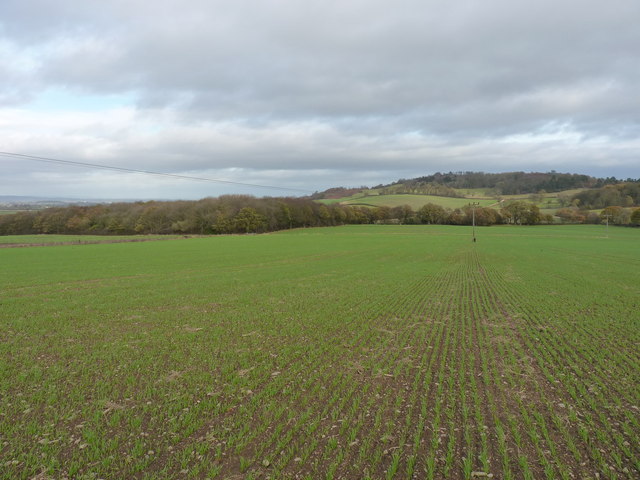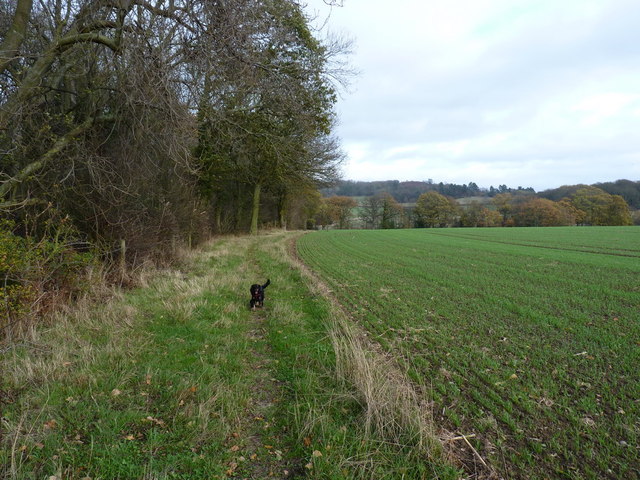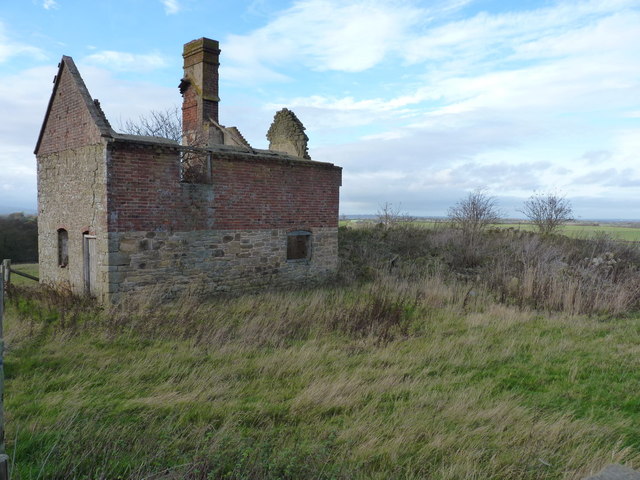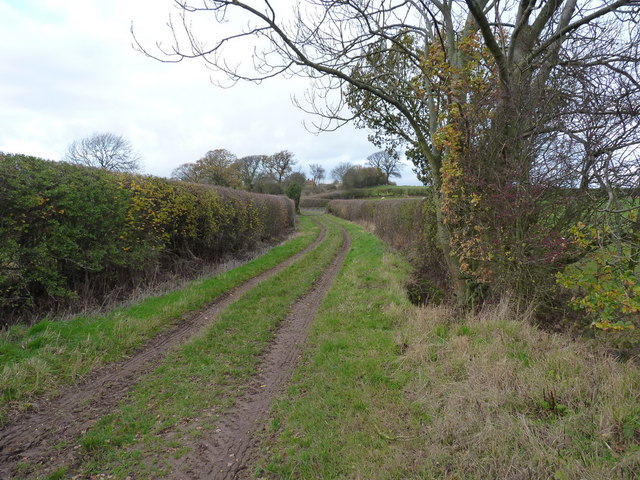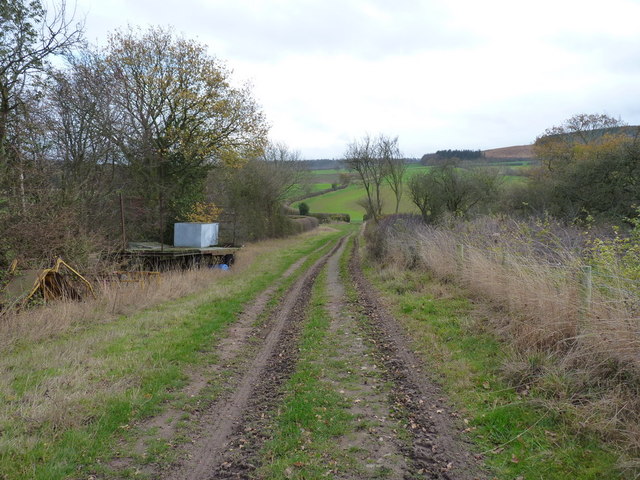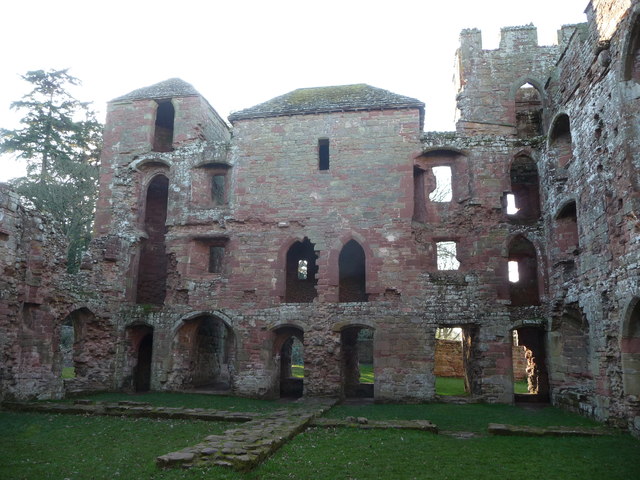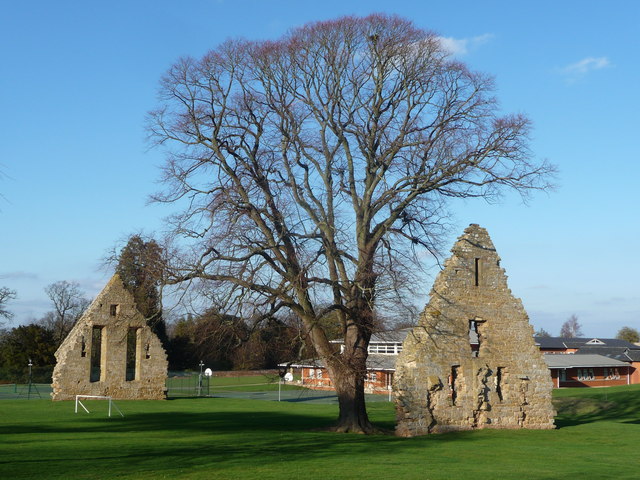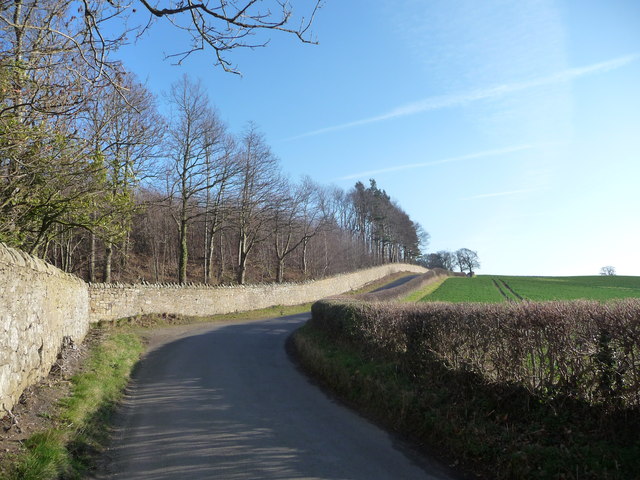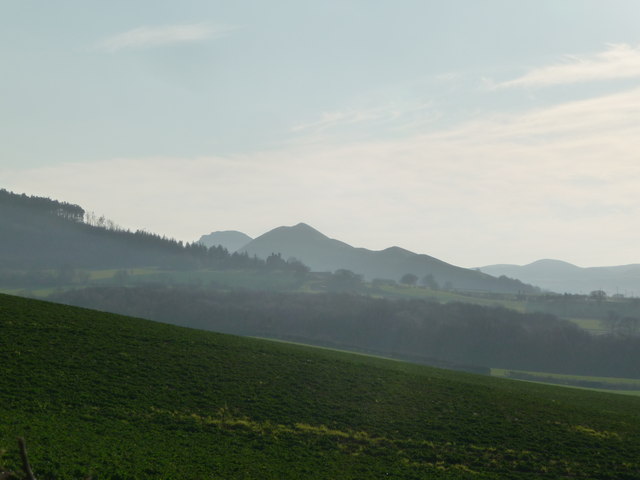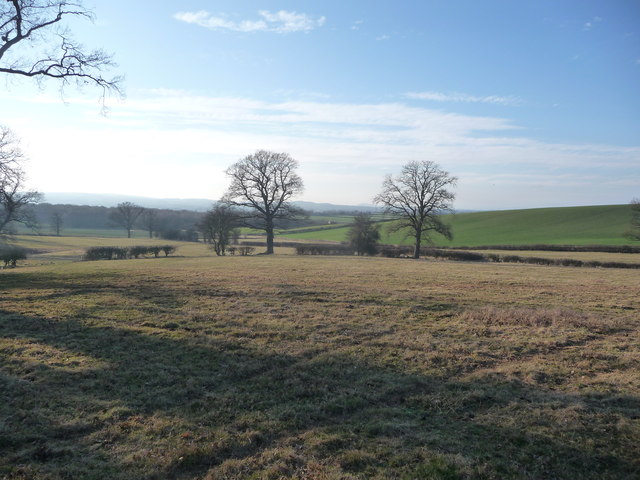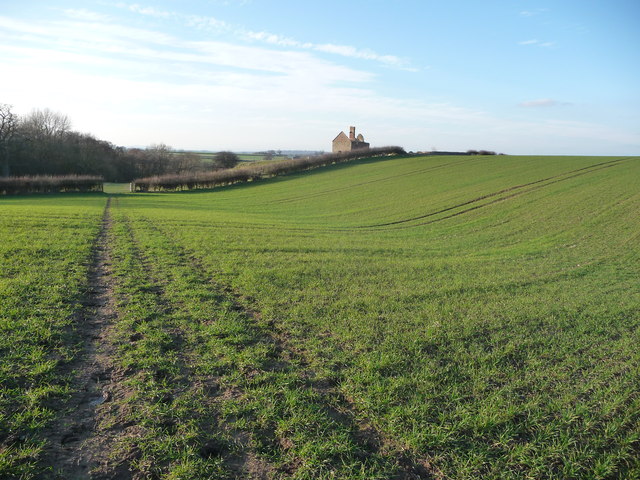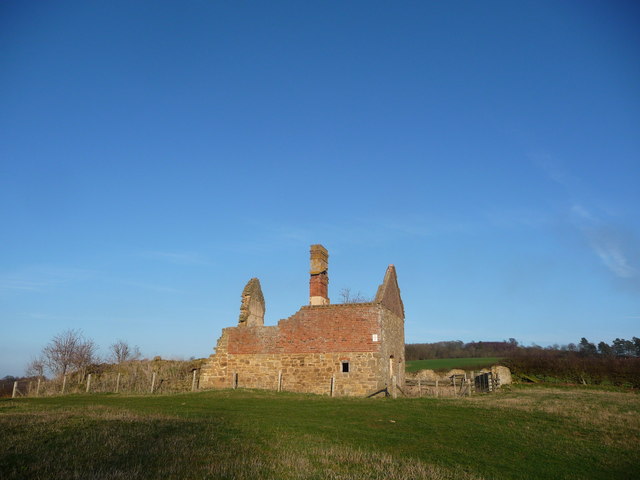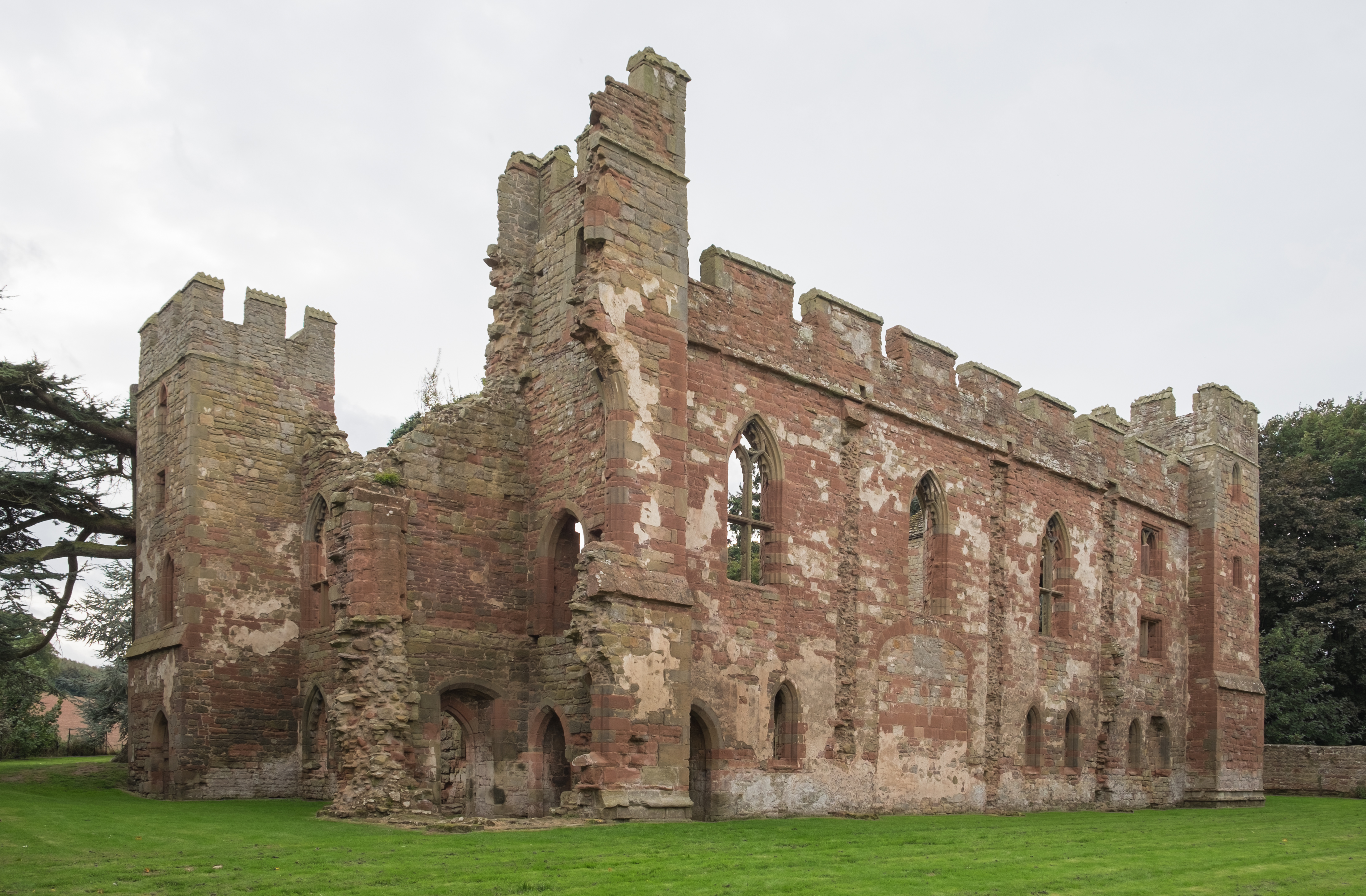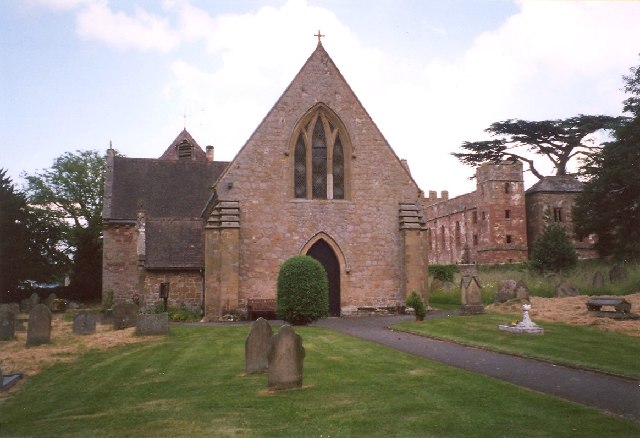Gardener's Pool
Lake, Pool, Pond, Freshwater Marsh in Shropshire
England
Gardener's Pool
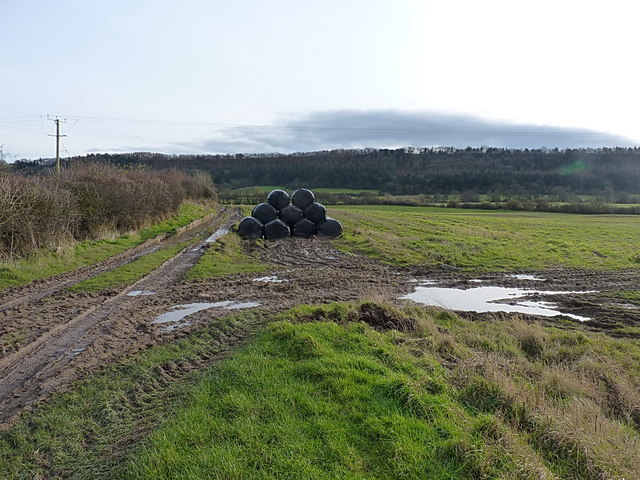
Gardener's Pool, located in Shropshire, England, is a picturesque freshwater marsh nestled in a serene natural setting. It is a small body of water that can be classified as a pool or pond, measuring approximately 0.5 acres in size. The pool is situated within a larger conservation area, surrounded by lush greenery and diverse flora and fauna.
The water in Gardener's Pool is clear and pristine, sourced from natural springs and rainwater, ensuring a healthy ecosystem for the numerous plants and animals that inhabit the area. The pool is home to a variety of aquatic plants, including water lilies, reeds, and rushes, which create a vibrant and colorful scene during the spring and summer months.
The marshy areas surrounding the pool are teeming with life, providing a habitat for a wide range of species. Visitors to Gardener's Pool may spot various bird species, such as herons, ducks, and swans, gracefully gliding through the water or nesting in the surrounding trees. The pool also attracts a variety of insects, amphibians, and small mammals, adding to the area's biodiversity.
The tranquil atmosphere and natural beauty of Gardener's Pool make it a popular destination for nature enthusiasts and photographers seeking to capture its idyllic charm. The pool offers a peaceful retreat, where visitors can relax and immerse themselves in the sights and sounds of the surrounding wilderness. Whether for birdwatching, leisurely walks, or simply enjoying the tranquility of nature, Gardener's Pool is a hidden gem in the heart of Shropshire.
If you have any feedback on the listing, please let us know in the comments section below.
Gardener's Pool Images
Images are sourced within 2km of 52.61047/-2.6854539 or Grid Reference SJ5301. Thanks to Geograph Open Source API. All images are credited.
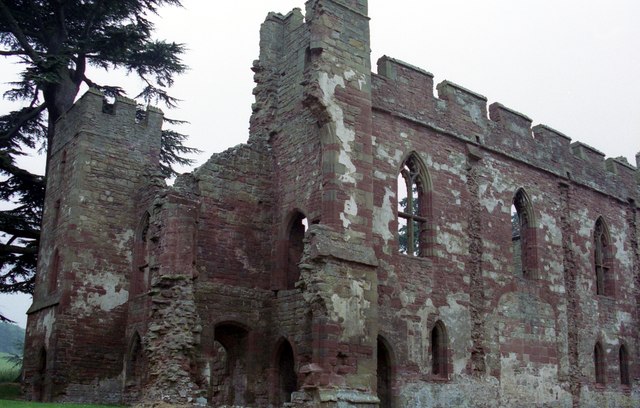
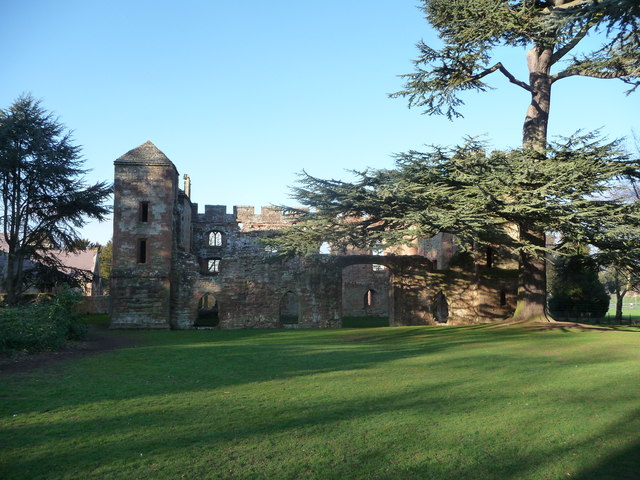
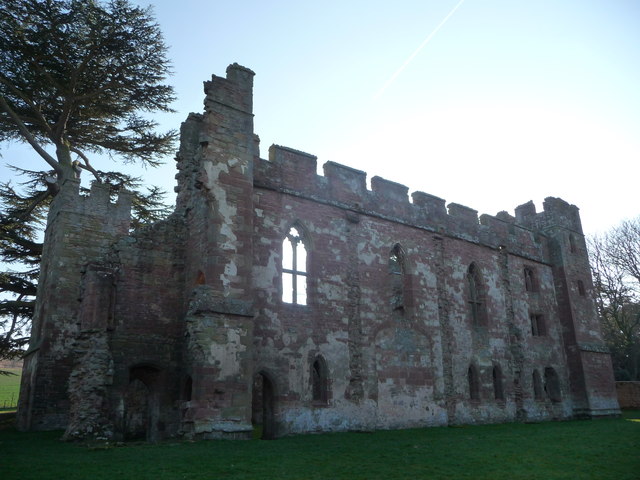
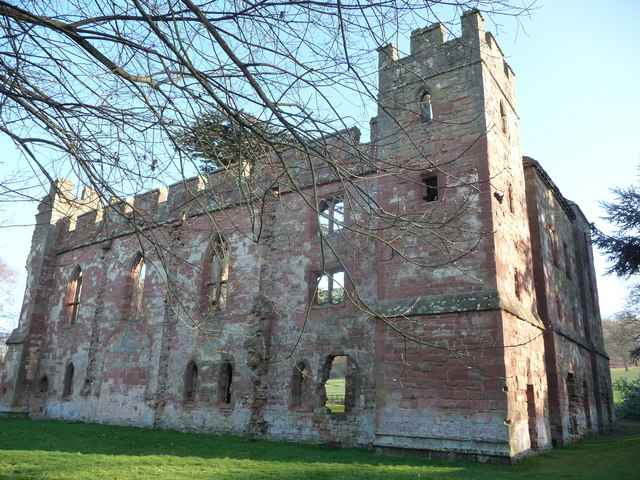
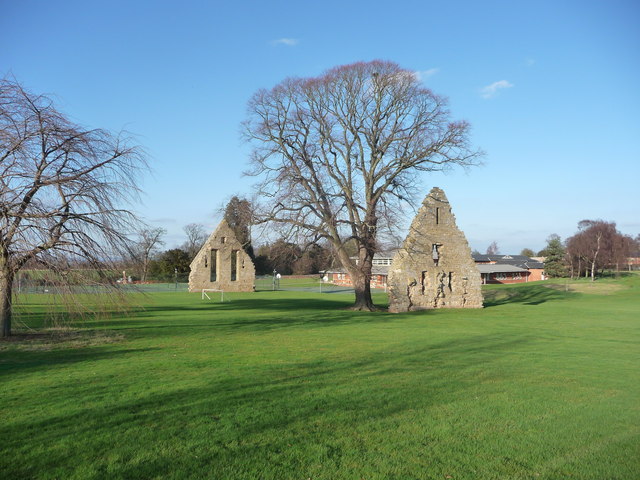
Gardener's Pool is located at Grid Ref: SJ5301 (Lat: 52.61047, Lng: -2.6854539)
Unitary Authority: Shropshire
Police Authority: West Mercia
What 3 Words
///gravy.fittingly.physical. Near Kenley, Shropshire
Nearby Locations
Related Wikis
Acton Burnell Castle
Acton Burnell Castle is a 13th-century fortified manor house, located near the village of Acton Burnell, Shropshire, England (grid reference SJ534019)...
St Mary's Church, Acton Burnell
St Mary's Church is in the village of Acton Burnell, Shropshire, England, and stands near the ruins of Acton Burnell Castle. It is an active Anglican...
Concord College, Acton Burnell
Concord College is an independent co-educational international day/boarding school in Shropshire, England situated in the grounds of Acton Burnell Castle...
Acton Burnell Hall
Acton Burnell Hall is a 19th-century country house, now used as a private school, located near the village of Acton Burnell, Shropshire, England. This...
Nearby Amenities
Located within 500m of 52.61047,-2.6854539Have you been to Gardener's Pool?
Leave your review of Gardener's Pool below (or comments, questions and feedback).
